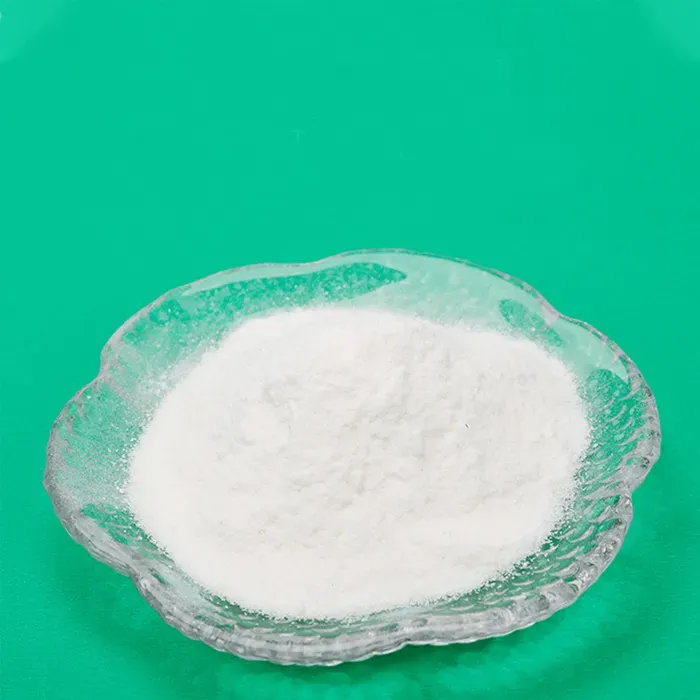API and Formulation in Pharma A Comprehensive Overview
Active Pharmaceutical Ingredients (APIs) and formulation play critical roles in the pharmaceutical industry, serving as the fundamental components that determine the efficacy, safety, and overall quality of a drug. Understanding the relationship between APIs and formulation is essential for the development of effective pharmaceutical products.
Active Pharmaceutical Ingredients (APIs) are the biologically active components of a medication that produce the desired therapeutic effect. These substances can be derived from various sources, including natural compounds, synthetic chemicals, and biotechnology. The quality, purity, and potency of APIs are of utmost importance; hence they must adhere to strict regulatory standards set by authorities such as the U.S. Food and Drug Administration (FDA) and the European Medicines Agency (EMA).
API and Formulation in Pharma A Comprehensive Overview
Formulation, on the other hand, refers to the process of combining the API with other excipients to create a final pharmaceutical product. Excipients are inert substances that enhance the delivery, stability, and overall performance of the drug. The formulation process is critical because the way a drug is delivered significantly affects its bioavailability—i.e., the degree and rate at which the active ingredient is absorbed and becomes available at the site of action.
api and formulation in pharma

Formulation scientists utilize various techniques to ensure that the drug is both stable and effective. Factors such as solubility, pH, and particle size can greatly influence the drug's absorption and therapeutic effectiveness. For instance, certain APIs may be poorly soluble in water, making it difficult for the body to absorb them. In such cases, formulators might employ techniques like solid dispersions or lipid-based formulations to enhance solubility and bioavailability.
Moreover, the route of administration—oral, intravenous, topical, etc.—also plays a critical role in the formulation process. Each route has its own set of challenges and considerations. For example, oral formulations must ensure that the API withstands the acidic environment of the stomach, while injectable formulations require sterility and the ability to maintain stability over time.
In recent years, advances in technology and science have led to the development of novel drug delivery systems. Nanotechnology, for instance, enables the creation of nanoparticles that can improve the absorption of poorly soluble drugs, while targeted delivery systems can ensure that the API is released only where it is needed most, minimizing side effects.
The interplay between API development and formulation is also influenced by regulatory requirements. Regulatory agencies demand extensive documentation and evidence to demonstrate that both the API and the formulation are safe and effective for their intended use. Therefore, pharmaceutical companies must invest significantly in both R&D and compliance to successfully bring a new drug to market.
In conclusion, the integration of API development and formulation is a cornerstone of pharmaceutical innovation. As the industry continues to evolve, the collaboration between chemists, formulators, and regulatory experts will be essential in developing safe, effective, and patient-friendly medications that meet the needs of healthcare providers and patients around the world. Ensuring a seamless process between these disciplines not only accelerates drug development timelines but also enhances the potential for therapeutic success.

